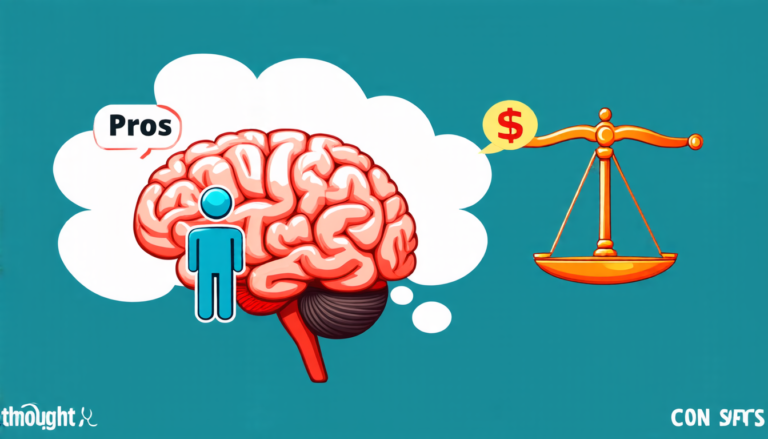Tuesday 23 September 2025
In a game of strategy and information, a principal must carefully consider how to design an incentive scheme to motivate an agent to act in their best interests. The problem is complex, as the agent may possess more knowledge about the situation than the principal, creating an information asymmetry.
Researchers have been studying this issue for some time, but recent work has shed new light on the optimal strategies for the principal and the agent. The key insight is that the principal can use information design to shape the agent’s beliefs about the state of affairs, effectively influencing their decision-making process.
In a matrix game setup, the principal faces a trade-off between allowing the agent to reveal information or acquiring it themselves through a channel. The results show that when the cost of information acquisition is low, the principal will choose to acquire the information directly. However, as the cost increases, they may opt for the agent to reveal the information instead.
A more surprising finding is that in some cases, the principal’s optimal strategy is not to acquire information at all. This is because the agent’s revelation of information can lead to a better equilibrium outcome for both parties. The principal must weigh the potential benefits of acquiring information against the costs and consider whether it is worth the investment.
The study also explores a quadratic Gaussian game setup, where the state evolves over time and the principal must update their beliefs accordingly. In this scenario, the principal’s optimal strategy involves using affine mean feedback policies to shape the agent’s behavior.
One potential application of these findings lies in the field of consumer privacy. When consumers are presented with complex privacy policies, they may not fully understand the implications of their choices. By designing incentives that encourage companies to provide clearer information about data collection and use, regulators can promote more informed decision-making among consumers.
The research has important implications for our understanding of strategic interactions between parties with asymmetric information. It highlights the importance of considering the agent’s perspective when designing incentive schemes and demonstrates that, in some cases, the principal may not always benefit from acquiring more information. As we continue to grapple with complex information asymmetries in various domains, these findings provide valuable insights for policymakers and businesses alike.
The study’s results have far-reaching implications for our understanding of strategic interactions between parties with asymmetric information. By shedding light on the optimal strategies for principals and agents, it provides a new perspective on the delicate dance of information and influence that underlies many economic and social transactions.
Cite this article: “Designing Incentives in Information Asymmetries: Insights from Game Theory”, The Science Archive, 2025.
Information Asymmetry, Principal-Agent Problem, Incentive Schemes, Information Design, Matrix Game, Quadratic Gaussian Game, Consumer Privacy, Data Collection, Decision-Making, Strategic Interactions







